It was, as everyone knew it would be, all about US President Donald Trump.
He literally towered over everyone else at the ceremony in Kuala Lumpur where Cambodia and Thailand signed their agreement. He gave the longest speech – and made the biggest claims.
It was all superlatives.
“This is a momentous day for South East Asia,” Trump said. “A monumental step.”
Describing the two slightly sheepish-looking prime ministers who were about to sign the deal as “historic figures”, Trump recalled at length how he got involved in the Thai-Cambodian border conflict while he was visiting his Turnberry golf course in Scotland in July.
“And I said this is much more important than a round of golf… I could have had a lot of fun, but this is much more fun… saving people and saving countries.”
Trump had asked for this special ceremony as a condition for coming to the annual Association of Southeast Asian Nations (Asean) summit – a gathering US presidents have attended at times in the past, but not always. And he used it to press his campaign to be recognised as a great peacemaker.
“The eight wars that my administration has ended in eight months – there’s never been anything like that,” he said. “We’re averaging one a month… It’s like, I shouldn’t say it’s a hobby, because it’s so much more serious, but something I’m good at and something I love to do.”
But what does the “Kuala Lumpur Peace Accord”, as Trump has renamed it, actually amount to?
Remember, both countries signed a ceasefire back in July.
That, too, was helped – or at least accelerated – by pressure from Trump.
Looking at the details of the latest deal, though, it isn’t much of leap forward.
The two countries have agreed to withdraw their heavy weapons from the disputed border and to establish an interim observer team to monitor it.
They have a new procedure for clearing landmines, and will set up what they call a joint taskforce to address the proliferation of scam centres.
They will replace missing border markers with temporary ones.
This is progress – and Thai diplomats have told me they do feel Trump’s involvement may help these agreements stick.
But the historic differences over the border remain unresolved and are at risk of flaring up again.
After the ceremony, Thai Foreign Minister Sihasak Phuangketkeow refused to call it a peace agreement – sticking instead to their own preferred title “Joint Declaration by the prime ministers of Thailand and Cambodia on the outcomes of their meeting in Kuala Lumpur”, which doesn’t exactly trip off the tongue.
“I would call it a pathway to peace,” was as far as Sihasak was willing to go – a far cry from Trump’s expansive claims for it.
“It’s an extremely slight agreement for the president of the United States to be presiding over,” posted Sebastian Strangio, author and South East Asia Editor for the Diplomat magazine.
Cambodia has been a lot more enthusiastic, but then it has always sought to internationalise its dispute with Thailand – referring it to the International Court of Justice – something Thailand does not agree with.
At the ceremony, Prime Minister Hun Manet gushed with praise for the US president – reminding him that his government had nominated Trump for the Nobel Peace Prize.
Thai Prime Minister Anutin Charvirakul was more circumspect – mindful of nationalist pressure back home not to be giving too much away to Cambodia, a problem the authoritarian government in Cambodia does not have to worry about.
Thailand has always insisted the dispute should be resolved bilaterally, with no outside mediation.
It says it appreciates Trump’s support, and describes the US and Malaysia as only “facilitating” this agreement.
Neither country – nor the rest of Asean – could afford to spurn Trump’s request for this ceremony.
South East Asia is the most export-dependant region in the world, far more reliant on the US market than China.
It has had a difficult year living under the existential threat posed by Trump’s initial tariffs – up to 48% – and going through the nail-biting negotiations to bring them down to a more manageable 19-20%.
Trump is not even staying for most of the Asean summit.
After a couple of bilateral meetings and a dinner, he’s off the Japan, and then to a Asia-Pacific Economic Co-operation (Apec) meeting – another multilateral grouping at odds with his brutally transactional style, but where he hopes to reset relations with Chinese leader Xi Jinping.
But just having had the US president here in Kuala Lumpur for 24 hours will, Asean hopes, help restore some stability to their relationship.

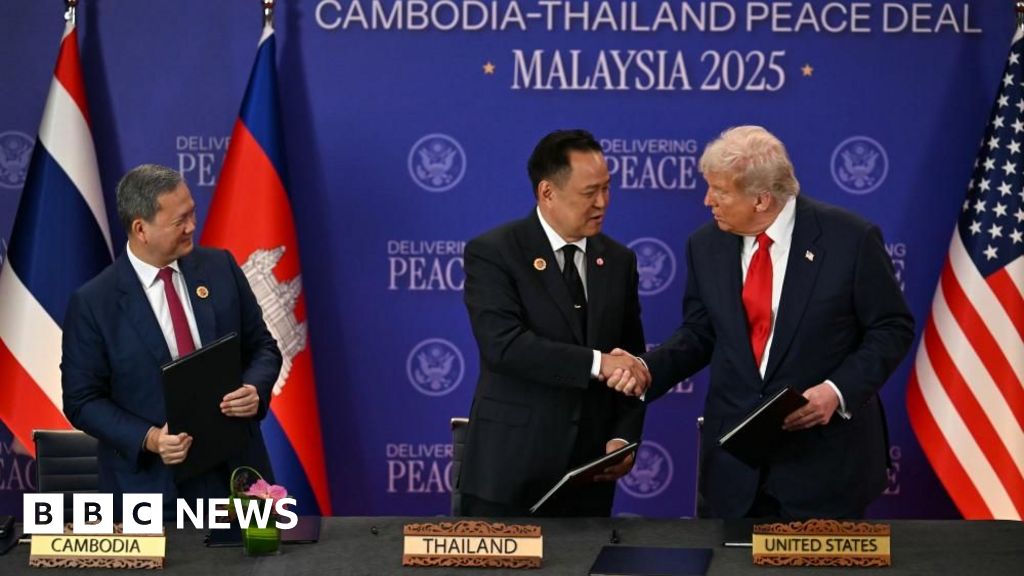
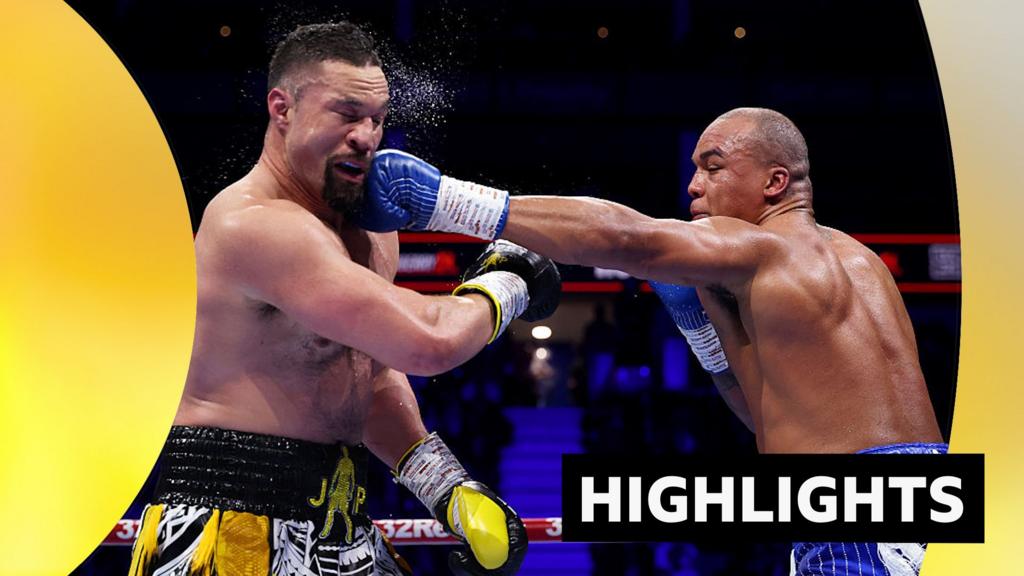
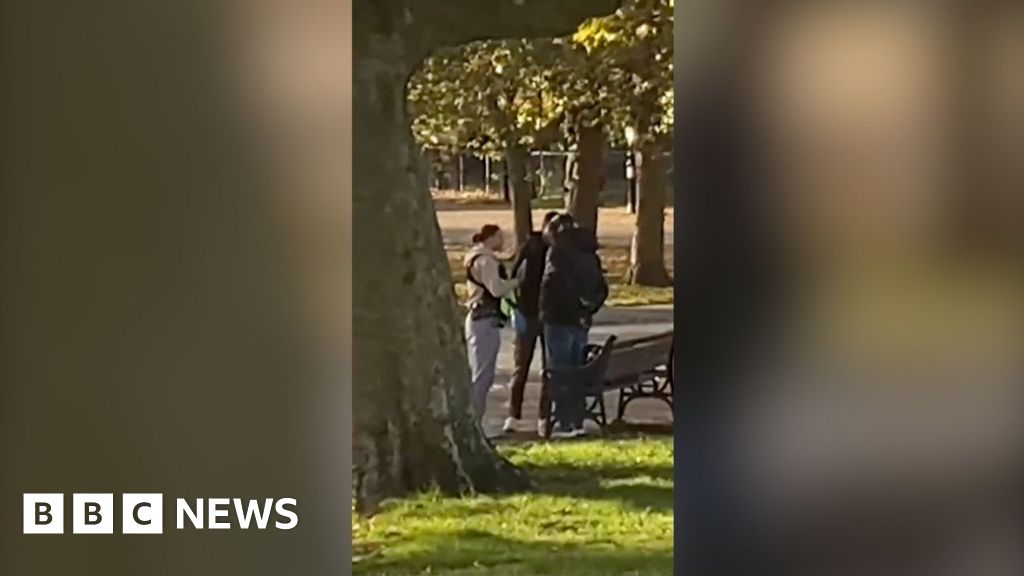

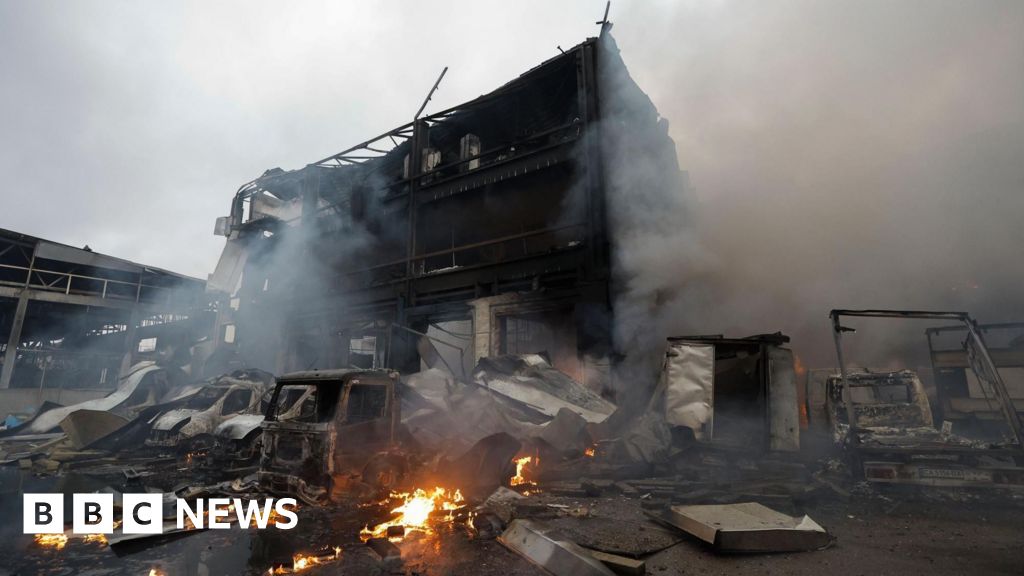
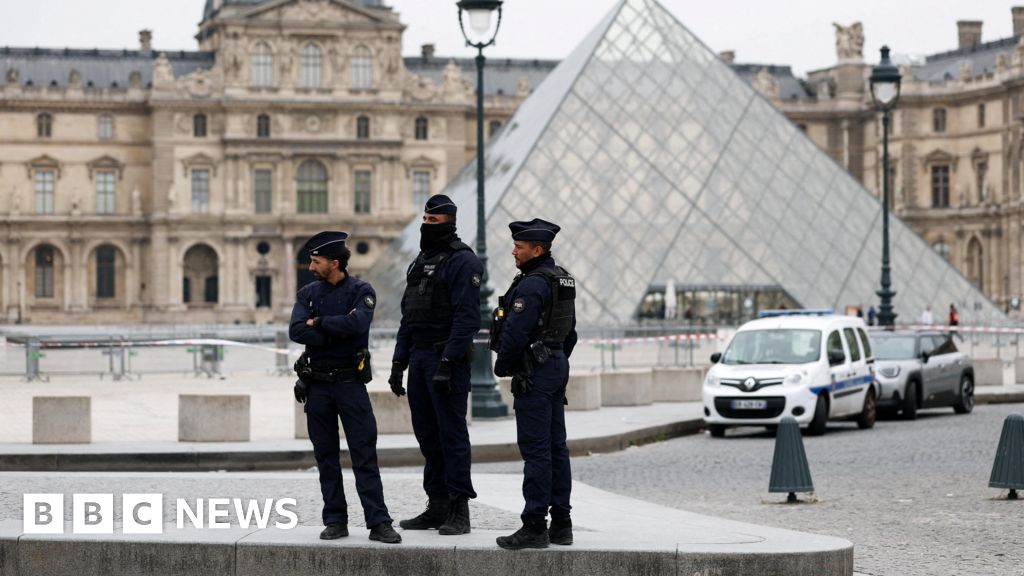
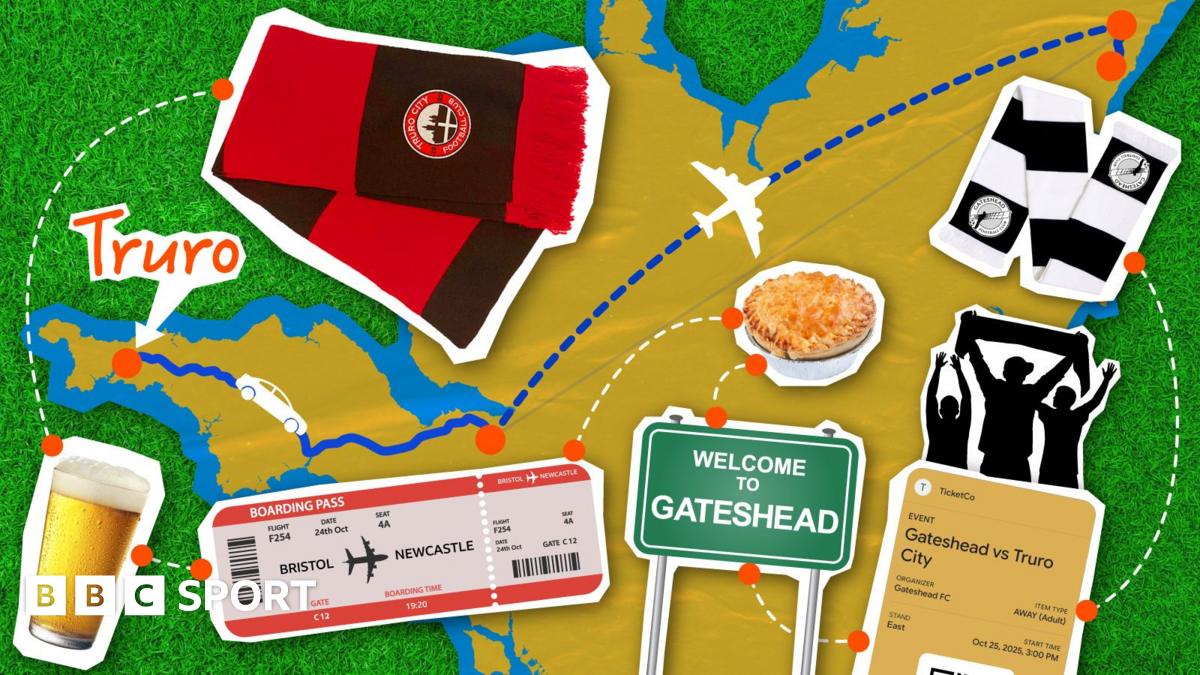
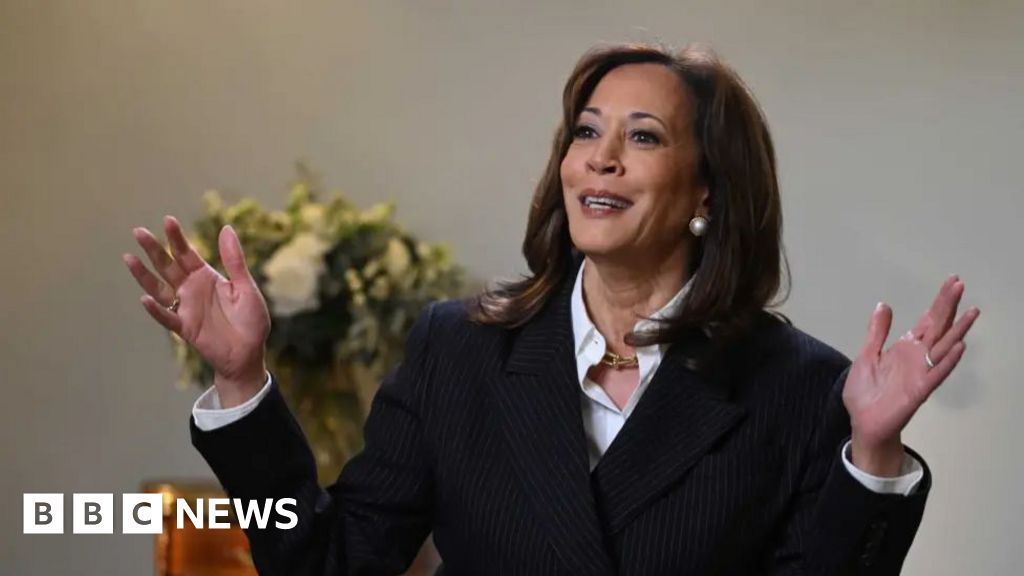
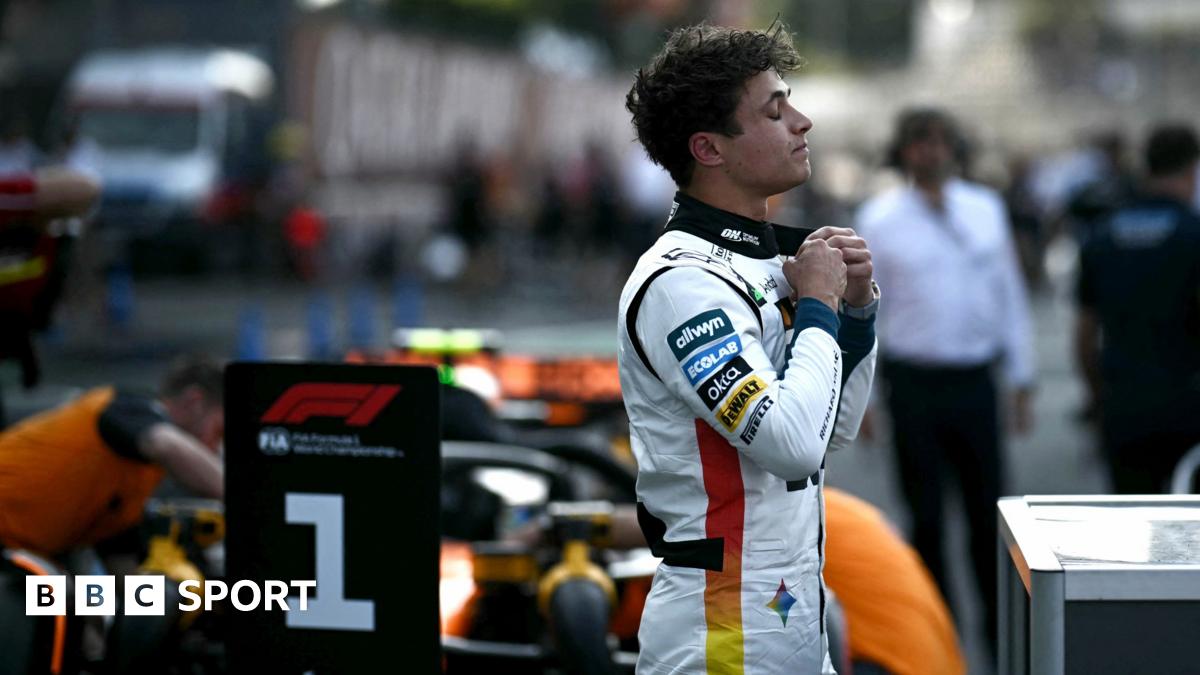
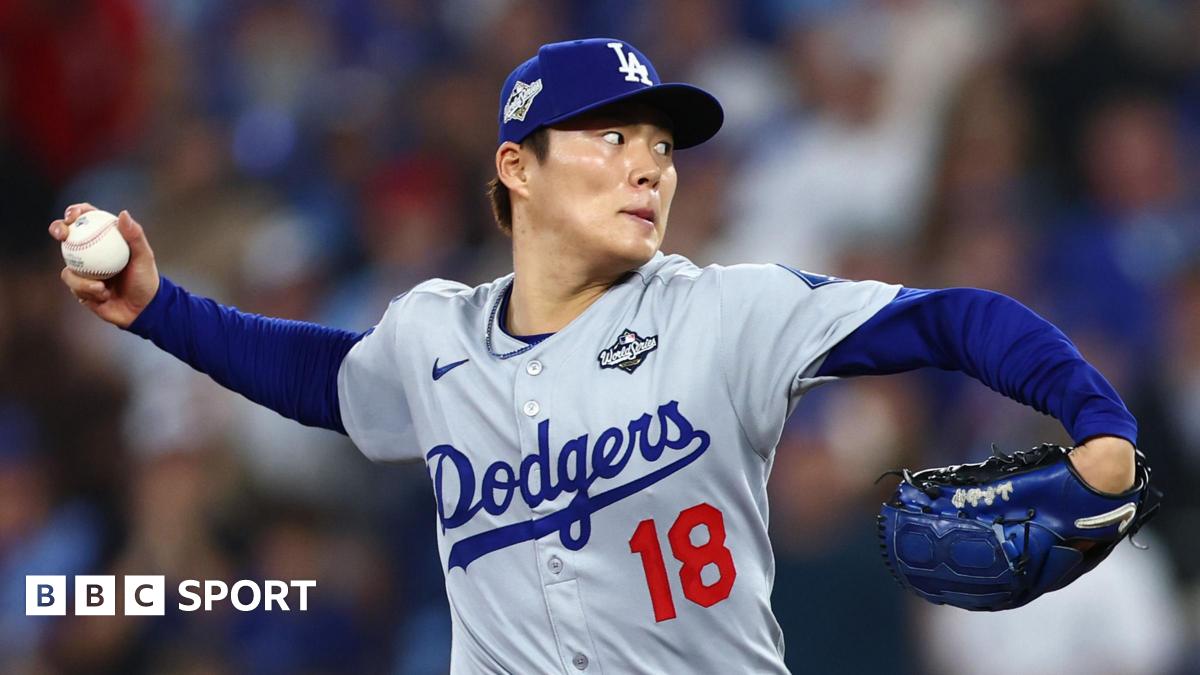
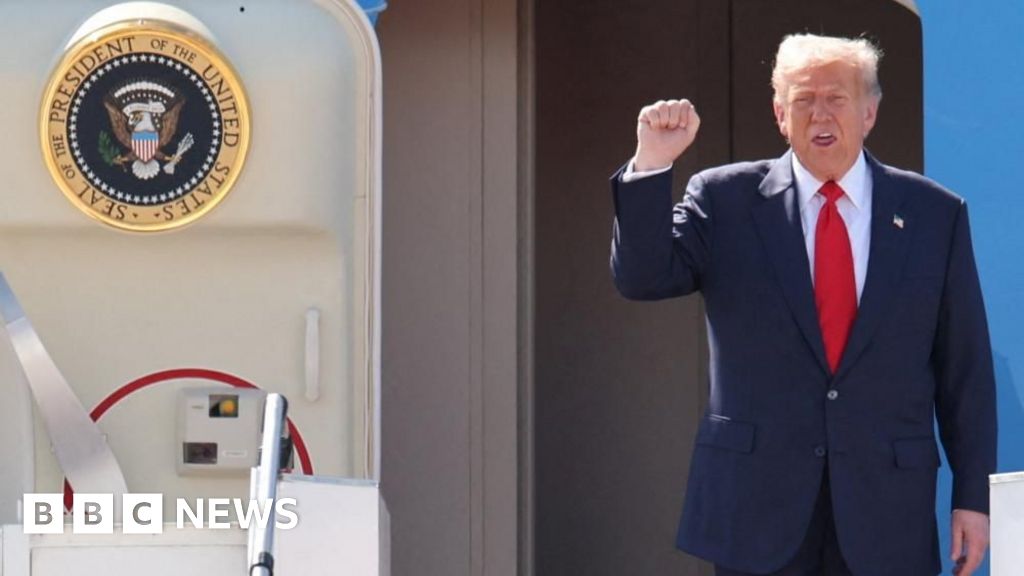
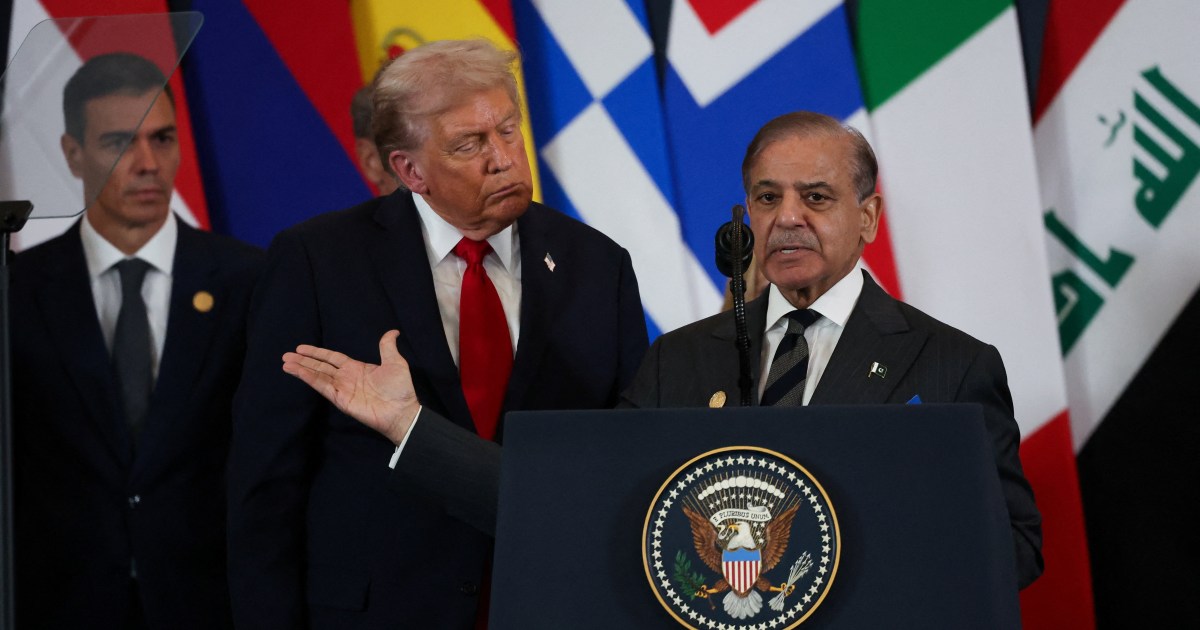


Leave a Reply